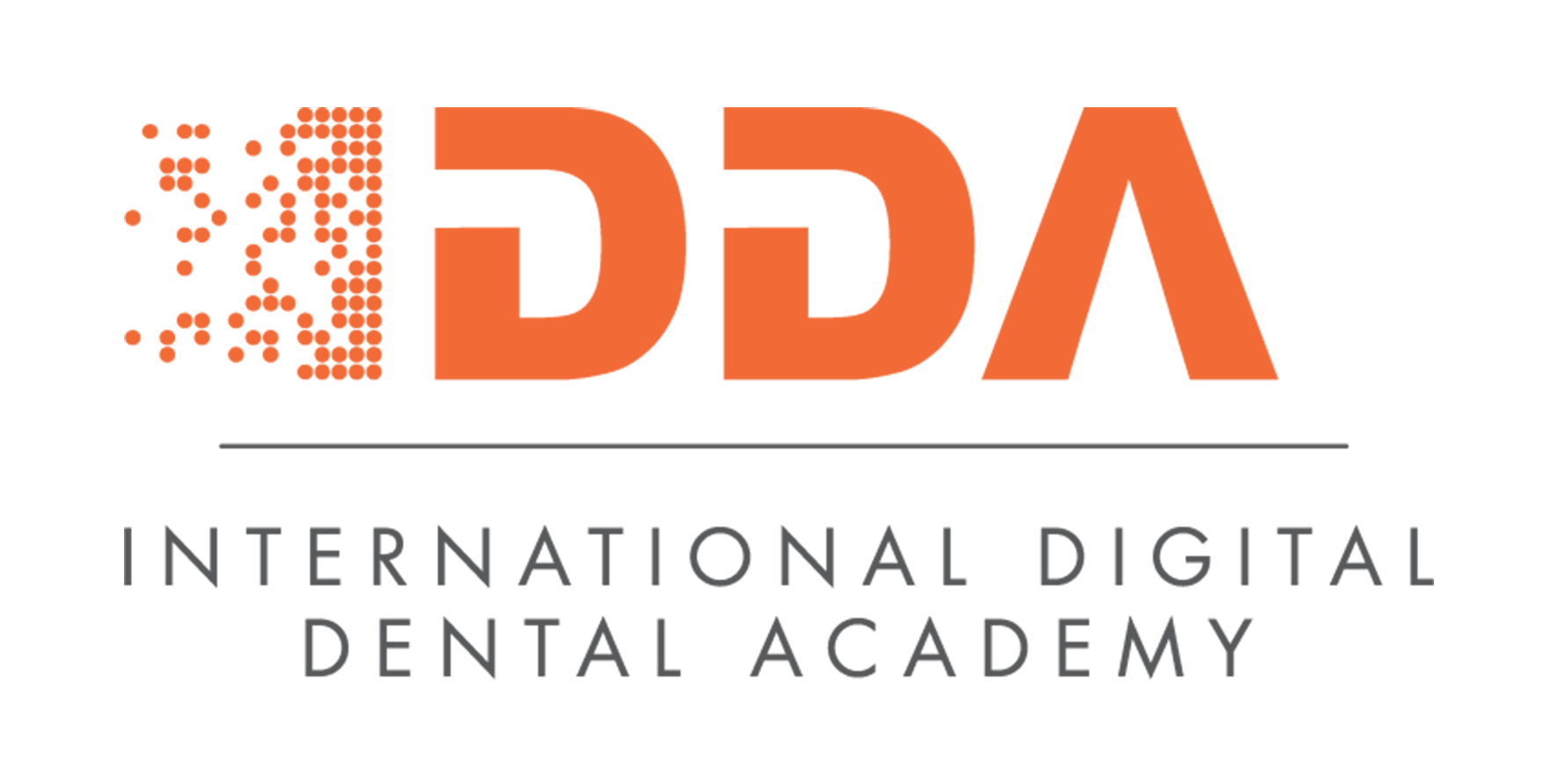A personal journey to balance and efficiency
)
Khalil’s talk was deeply informed by his own experience. When he purchased his dental practice during the height of the COVID-19 pandemic, he faced enormous challenges: long hours, juggling multiple demands, studying for a master’s degree, and trying to stay present for his family. Working 16–17 hours a day took its toll, culminating in a painful muscle spasm that forced him to take a full week off.
“It made me question how I could work less, achieve balance, and still grow my practice,” Khalil explained. His solution? system-based practice management — a structured approach to workflow and delegation that allowed him to scale his clinics successfully while regaining personal time.
Why systems matter more than people
One of Khalil’s core messages was simple but powerful: people are not systems. Many practice owners rely heavily on hiring staff or managers to fix operational issues, only to find themselves back at square one when those staff leave. “Time is key — we can never get more time back,” he said. “The goal is to get more for less. Systems run your business, and people run the systems.”
He also highlighted the three roles every successful practice owner must balance: technician, manager, and entrepreneur. Without clear systems, owners end up performing all three simultaneously, often to the detriment of both their wellbeing and their business growth.
Six steps to creating a system-based practice
Khalil shared a practical framework for implementing systems that free up the owner’s time while keeping patient care at the centre:
- Get back time – Start working on the business, not just in it. Document processes and delegate tasks so that staff can perform them consistently.
- Map the patient journey – Understand every touchpoint, from initial contact to post-treatment follow-up, to identify inefficiencies.
- Identify departments and heads – Organise the practice into functional areas such as marketing, operations, HR, finance, and clinical management. Assign leads to manage each area.
- Create the system – Use platforms like Notion or Monday.com to record workflows. Document processes with video tutorials, voice notes, or step-by-step guides, ensuring that anyone can follow them.
- Implement and adjust – Introduce workflows gradually and lead by example. Make systems easy to follow, even for the least experienced staff.
- Measure and repeat – Set objectives and key results for each department, review progress regularly, and refine processes to ensure continuous improvement.
“Design beats grind,” Khalil emphasised. “Make the workflow simple, intuitive, and hard to shortcut. Your systems should be able to run without constant supervision.”
Leveraging technology and AI
Technology, including AI, plays a key role in Khalil’s approach. AI can assist with scheduling, task prompts, and reminders, freeing practice owners from repetitive administrative work. Crucially, AI acts as a “sidekick” rather than a replacement — ensuring consistency while keeping human oversight central. Khalil encouraged attendees to think of AI as a tool for documentation, delegation, and workflow optimisation.
Where to start: practical tips for busy practices
Khalil advised delegates to focus on critical areas first: hiring, onboarding, and following up on treatment plans. He stressed the importance of leading by example, making processes easy to follow, and documenting everything. By recording yourself completing tasks — using Loom, voice notes, or other tools — you create repeatable, teachable systems that staff can execute reliably.
He also highlighted the importance of measurement: tracking objectives, setting key results, and keeping teams aligned with shared goals. By combining clear systems with regular monitoring, practice owners can ensure that their business grows sustainably without sacrificing patient care or personal wellbeing.
The key takeaway
The session left attendees with a clear message: systems before people. While staff are essential, it is the structured workflows and processes that enable practices to scale efficiently and consistently. By implementing Khalil’s strategies, dental professionals can reclaim time, reduce owner dependency, and focus on strategic growth — all while ensuring patients receive high-quality care.
For Khalil Hussein, the proof is in his own practice. By applying systematic approaches, he successfully expanded from three to five surgeries, launched additional clinics, and maintained a personal balance that seemed impossible during the early days of his practice ownership. His session at Dentistry Show London offered a practical, inspiring guide for any dental professional seeking to work smarter, not harder.
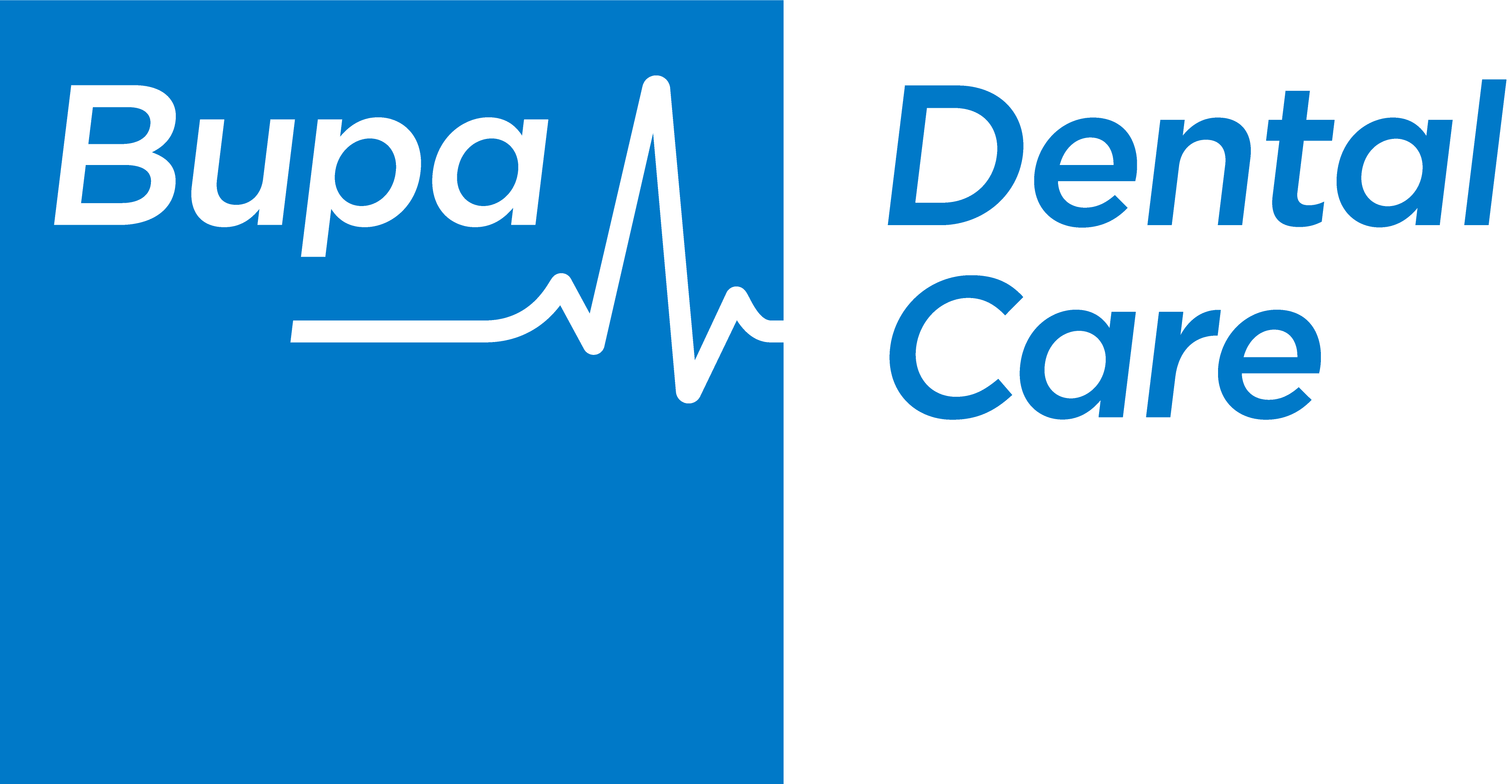


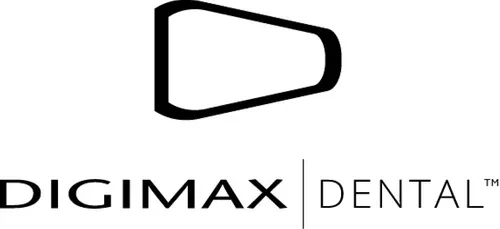
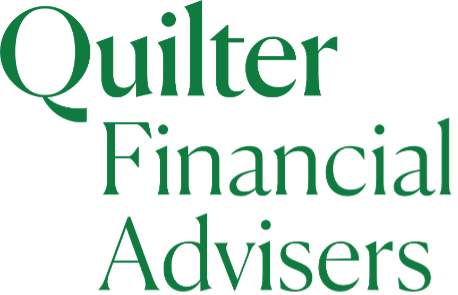












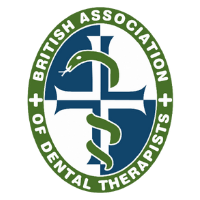

.jpg)




